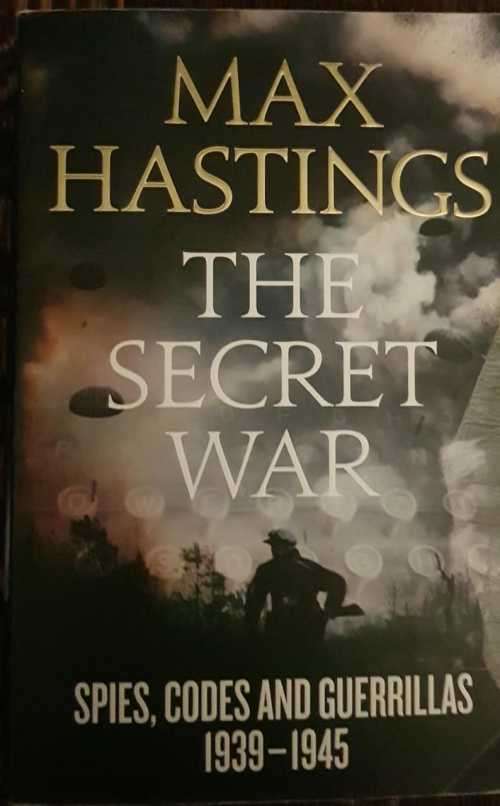

While General Walker’s embattled Eighth Army held on at Pusan, U.N.

(Image credit: Bettmann / Contributor via Getty Images) The port of Inchon after Allied forces landed and set up their camp on the beach. He was fighting on a shoestring while holding the line," Hanson said. He had to defend an extensive perimeter that was being probed at virtually every point by tough people who, by that time, had significant combat experience against the Americans. General Walton Walker does not get the credit he deserves for managing that fight. Pusan was a heroic effort, and I would call it desperate. troop complement was insufficient to defend the entire perimeter however, Walker issued his famous "stand or die order," and the line held against repeated North Korean assaults that eventually eroded their combat efficiency as supply lines were stretched thin. Encompassing 140 miles, the Pusan Perimeter was the last line of defense against the communist onslaught in South Korea. Walker established a defensive line around the vital port of Pusan on the East China Sea. The 1st Marine Provisional Brigade deployed in August. 1st Cavalry and 25th Infantry Divisions arrived in Korea. By the end of July, the key towns of Taejon and Yongdong had fallen to the communists as the U.S.

An understrength 500-man detachment from the 24th Infantry Division, Task Force Smith, was outnumbered 10-1 and overwhelmed at Osan. In early July the first American forces, under the United Nations banner, had arrived in Korea. They steadily advanced with victories at Chuncheon, Chochiwon, and the Kum River. Within three days communist forces had captured the South Korean capital city of Seoul. force west of the international date line," Hanson said. armed forces had left Korea in June 1949. At the time of the invasion, there was no American or South Korean armor in the country, and the last U.S. held back aircraft, long-range artillery, and tanks and created a light infantry army with counterinsurgency mission and doctrine. The defending South Korean Army had been organized to deal with a communist insurgency and possessed no tanks or artillery. The North Koreans had assembled seven infantry divisions and an armored brigade, up to 90,000 troops, for the invasion, and their early progress was rapid.

(Image credit: Keystone-France / Contributor via Getty Images) North Korean and Chinese troops celebrate their victory on June 25th, 1950.


 0 kommentar(er)
0 kommentar(er)
